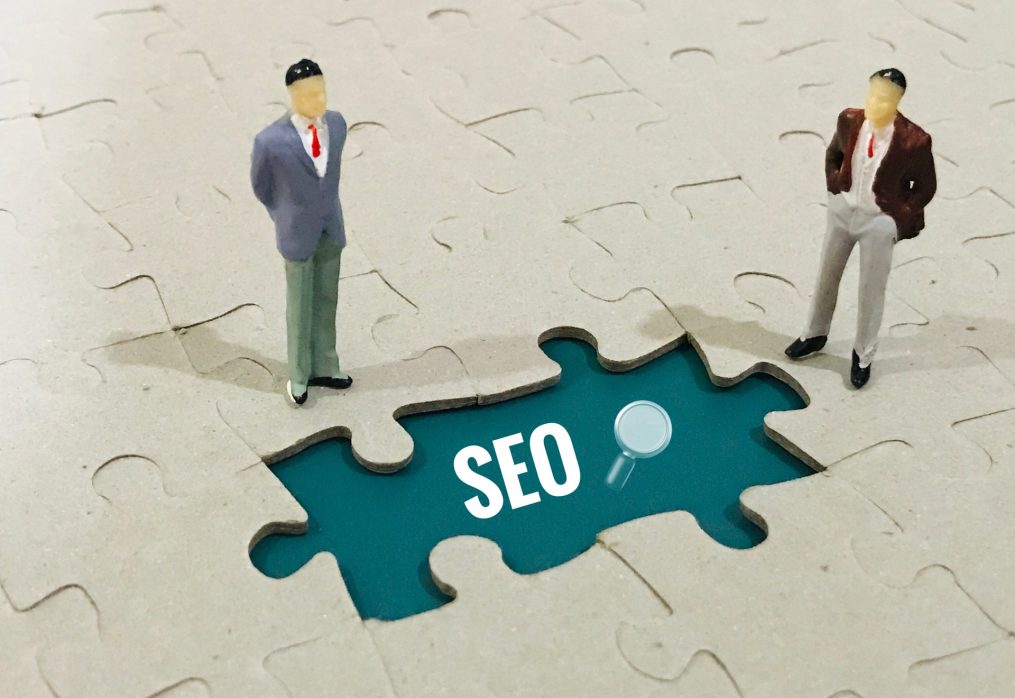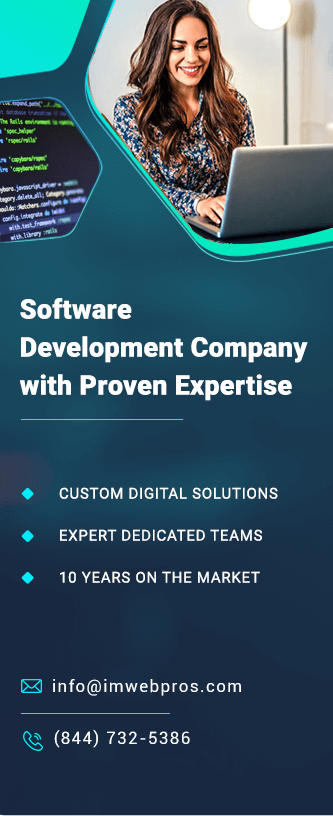How to Identify and Target Your Ideal eCommerce Audience
In today’s competitive online marketplace, knowing your ideal audience is crucial for the success of any eCommerce business. Identifying and targeting the right audience allows you to optimize your marketing efforts, improve engagement, and ultimately increase conversions and customer loyalty. In this article, we’ll cover the strategies you need to define, find, and engage with your perfect eCommerce audience.
Why Understanding Your Audience Matters
When you know who your ideal customers are, you can tailor your product offerings, messaging, and advertising efforts to address their specific needs and preferences. Targeting the right audience not only increases the effectiveness of your marketing campaigns but also helps reduce wasted resources on ads that don’t resonate with your core audience. By focusing on customer preferences and purchasing behaviors, you’re more likely to create meaningful connections, foster brand loyalty, and drive sales.
1. Analyze Your Existing Customer Data
Before you can identify your ideal audience, it’s essential to look at the data you already have on existing customers. By analyzing your customer base, you can spot patterns and trends that reveal valuable insights about who is buying your products and why. Here are a few ways to get started:
- Google Analytics: Use Google Analytics to view demographic information, interests, and purchasing behaviors of your website visitors. This data can help you understand where your customers come from, their age range, gender, and the devices they use.
- Sales Data: Review sales data to see which products are the most popular and if certain customer groups are more likely to purchase specific items. This can help you tailor your inventory and marketing strategies.
- Customer Surveys: Conduct surveys to learn more about customer motivations, preferences, and feedback. A well-designed survey can provide insights into why customers choose your brand over competitors.
2. Define Your Buyer Personas
Buyer personas are detailed profiles of your ideal customers, including demographic, psychographic, and behavioral information. Developing buyer personas can help you understand who your target audience is and what influences their purchasing decisions.
To create a buyer persona, consider these key areas:
- Demographics: Age, gender, income level, marital status, location, and education level.
- Psychographics: Interests, values, lifestyle choices, and personality traits.
- Behavioral Data: Purchasing habits, brand loyalty, and the reasons why they buy certain products.
By defining clear personas, you’ll have a reference guide to help you create more targeted marketing messages, product offerings, and customer support strategies that align with your ideal audience’s expectations.
3. Research Your Competitors’ Audience
Analyzing your competitors can provide valuable insights into your target audience. By looking at who your competitors are targeting and how they’re engaging their customers, you can find opportunities to differentiate your brand or improve on their strategies.
Here are some tips for competitor research:
- Social Media Analysis: Look at competitors’ social media profiles to see what type of content resonates with their audience. Pay attention to engagement metrics like comments, likes, and shares.
- Review Analysis: Check customer reviews on competitors’ websites and third-party platforms to understand common pain points, preferences, and frequently requested features.
- Ad Targeting: Use tools like Facebook Ad Library to view your competitors’ ads. This can give you insights into their audience segments and ad messaging.
4. Segment Your Audience for Personalization
Audience segmentation allows you to categorize your audience based on shared characteristics and tailor your messaging for each group. Common ways to segment include:
- Demographic Segmentation: Organize customers by age, gender, income, and other demographic factors.
- Behavioral Segmentation: Segment based on purchasing history, browsing behavior, or loyalty status.
- Geographic Segmentation: Divide your audience by location to create region-specific marketing messages.
By segmenting your audience, you can create highly personalized campaigns that resonate more effectively with each group, increasing the likelihood of conversion.
5. Leverage Social Media Insights
Social media platforms offer extensive data about your followers, including demographics, interests, and engagement levels. Platforms like Facebook, Instagram, and Twitter provide analytics tools that allow you to understand who your followers are and what type of content they engage with the most.
Regularly review your social media insights to stay up-to-date with changing audience preferences. You can use this information to adjust your content strategy, ensuring it aligns with what your target audience wants to see.
6. Use Targeted Advertising
Targeted advertising is one of the most effective ways to reach your ideal audience. Platforms like Facebook, Google, and Instagram allow you to set up campaigns targeting specific demographics, interests, and behaviors, so you can reach potential customers more effectively.
Use the data gathered from your buyer personas and audience research to create ad campaigns tailored to your ideal customers. Over time, monitor the performance of these ads and adjust as needed to improve engagement and ROI.
7. Continuously Refine and Adapt
The eCommerce landscape is always evolving, and so are customer preferences. It’s essential to continuously analyze and adapt to new trends, technologies, and behaviors to stay relevant to your audience. Regularly revisit your buyer personas, segmentations, and advertising strategies to ensure they remain effective.
Regular refinement helps you maintain an accurate understanding of your target audience and allows you to quickly pivot your strategies if there are changes in the market or consumer behavior.
Conclusion
Identifying and targeting your ideal eCommerce audience is a multi-step process that requires thorough research, continuous analysis, and adaptability. By following these steps—analyzing customer data, defining buyer personas, studying competitors, segmenting your audience, leveraging social media insights, using targeted advertising, and refining strategies—you can create a robust framework for reaching and engaging the right customers. With a clear understanding of your audience, you’ll be well-positioned to grow your business, boost conversions, and foster lasting relationships with your customers.


